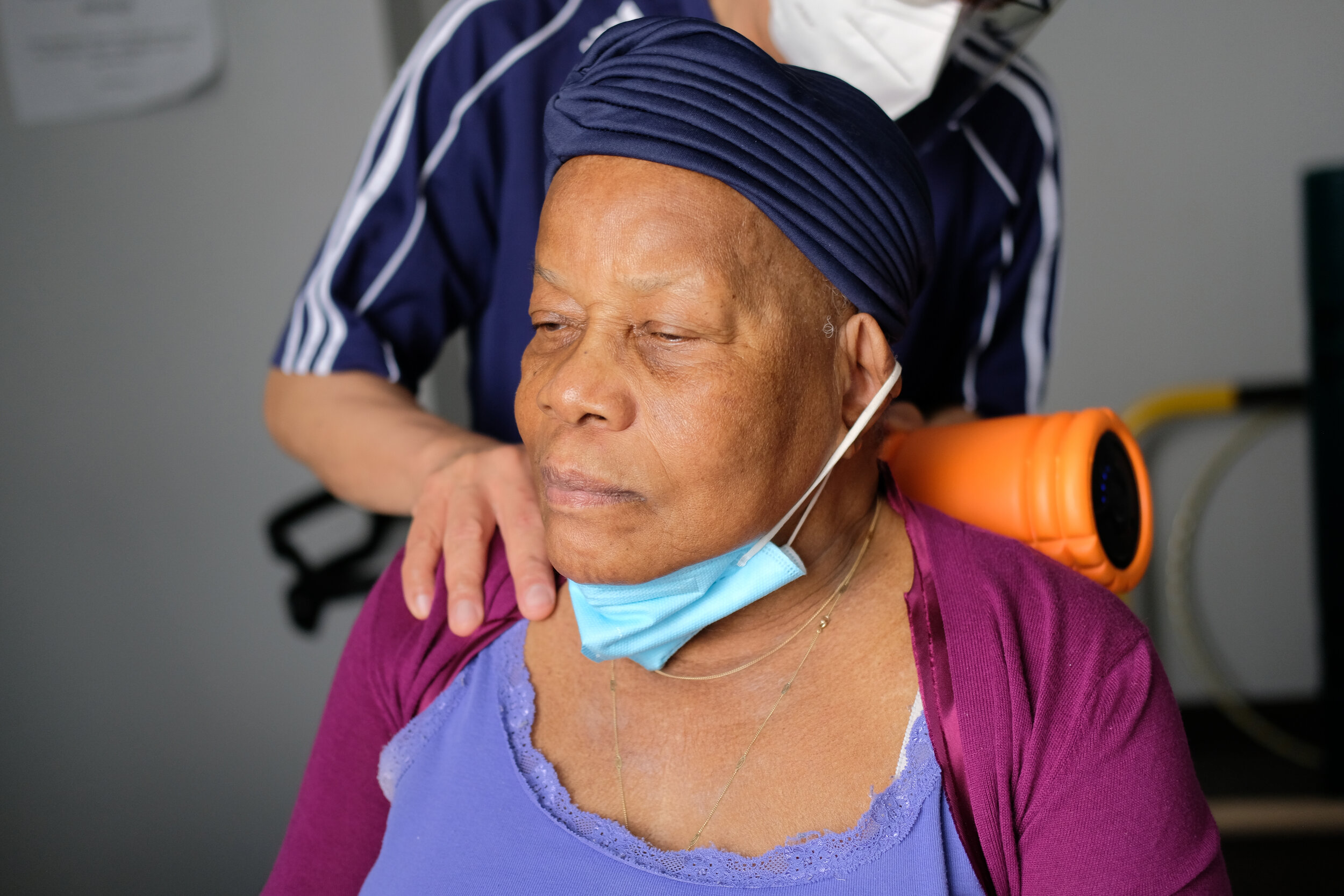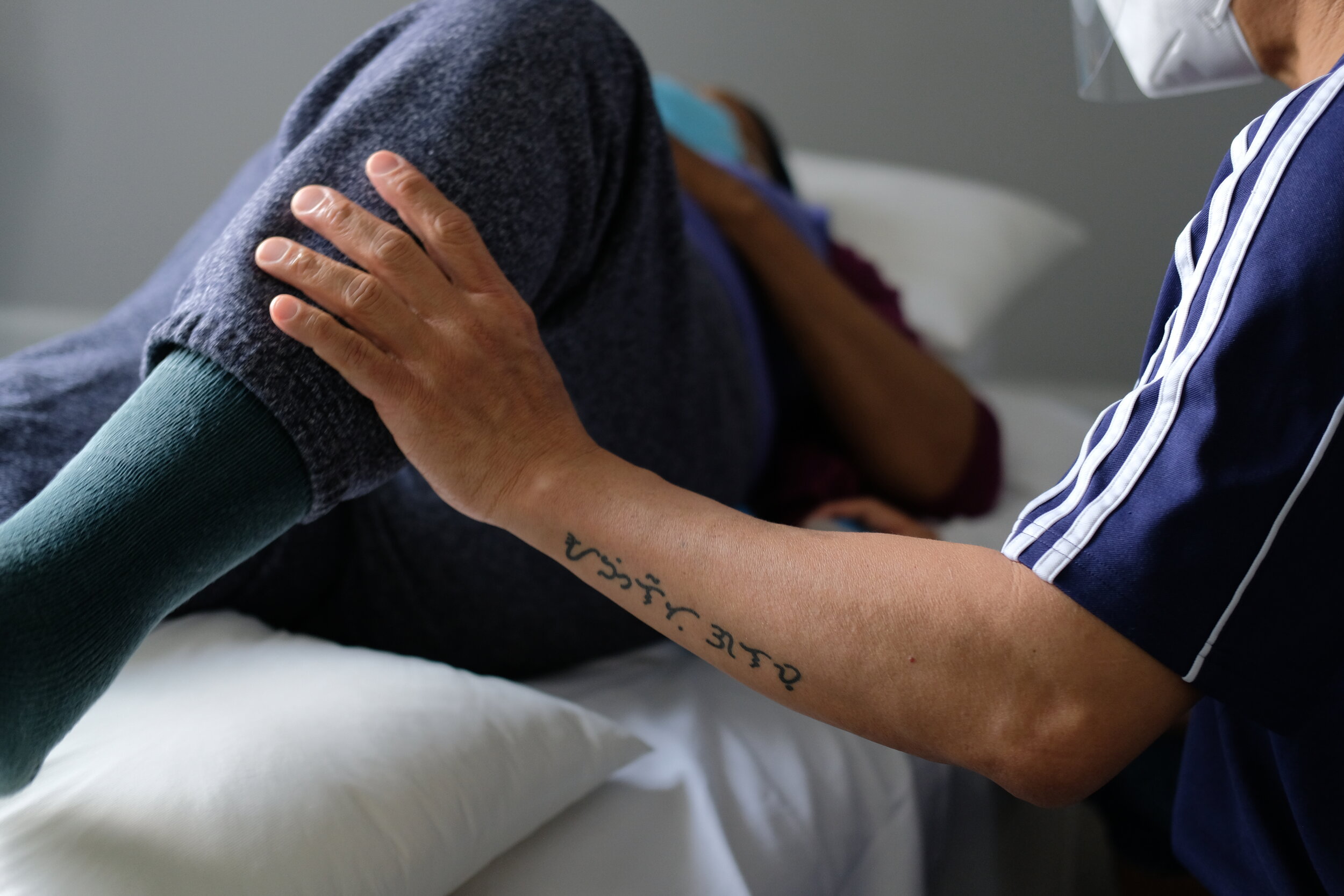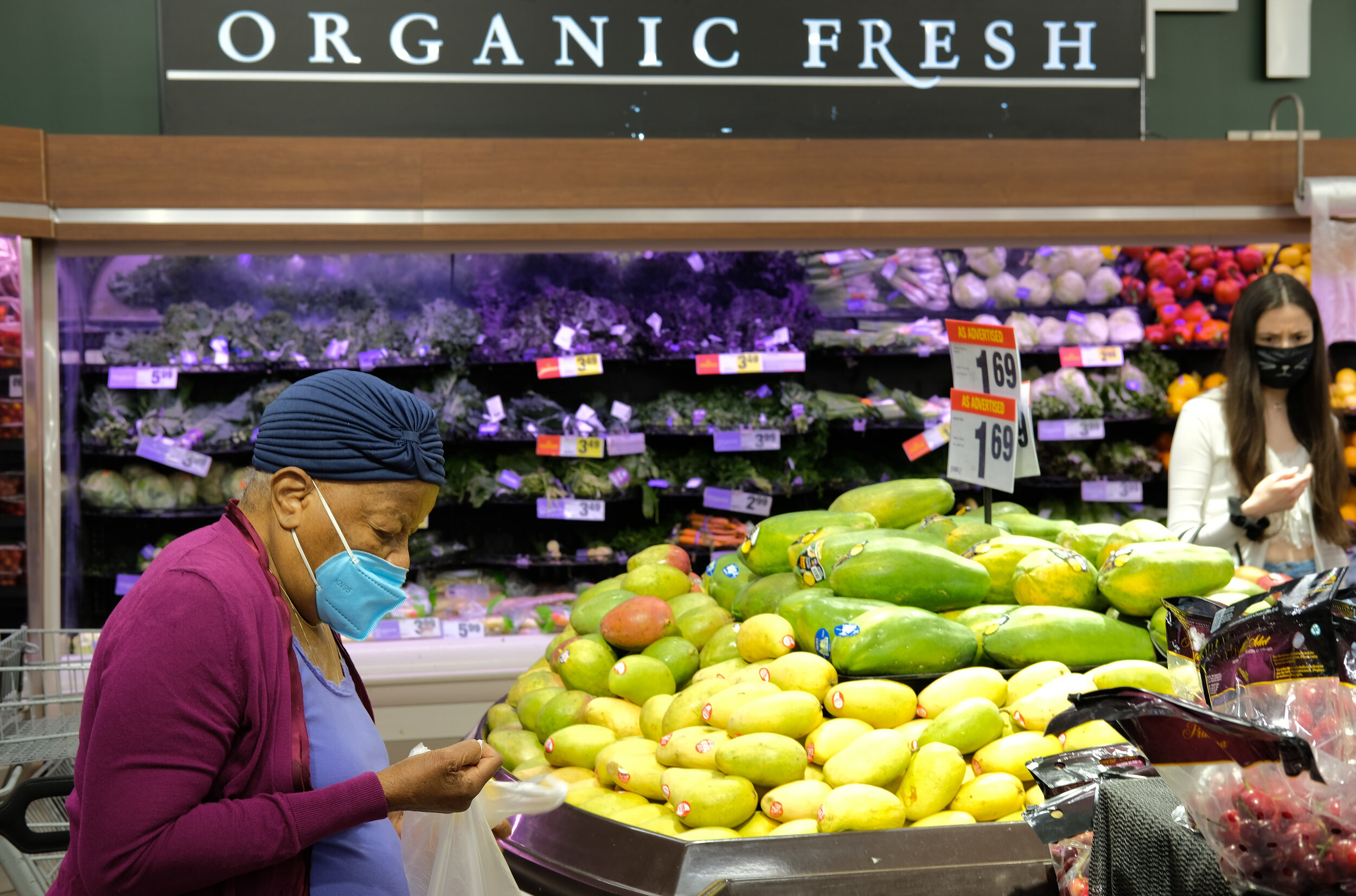Harvest
Surviving the rescue
In the aftermath of a different wide-scale health disaster, a harrowing image emerged that, much like the current COVID-19 crisis, defined all that is wrong with a world that prioritizes politics and profit over people. 91-year-old Ethel Freeman’s lifeless body slumped forward in her wheelchair outside a New Orleans convention centre used to house Hurricane Katrina evacuees.
Days before, her son had rescued her from the rising waters and brought her to the centre where she was to receive medical assistance. That help never arrived. Ethel died right there in her wheelchair underneath the entrance sign.
A year later, a lawyer for the family uttered words that still haunt me,
“Let’s not forget, she survived the storm. The storm didn’t get her. She didn’t survive the rescue.”
Ethel Freeman didn’t survive the rescue because the rescue presumes robust contingencies, compassionate safeguards, and reliable resources that frankly do not exist for racialized people. Particularly not for those who are old, female, and Black.
“Let’s not forget, she survived the storm. The storm didn’t get her. She didn’t survive the rescue.”
Touch
Last spring, I wrote about my then 84-year-old mother and her ageing cohort. The ‘Ethel Freemans’ of my community.
I wrote about the unique vulnerable toughness of the sugarcane crop and about how much this member of the grass family reminds me of the Caribbean women who, like my mother immigrated to Canada in the 60s and 70s for ‘opportunities of a lifetime’. That was always the hope, wasn’t it? To cultivate a lifetime’s worth of achievement and joy for their families?
Because they don’t produce seeds, sugarcane stalks must be laid down by hand in 8-inch trenches. Human hands are also needed to wield the machete used to chop the tough cane, allowing new stalks to shoot up at the joints of the smaller pieces.
“Sugarcane stalks must be laid down by hand”
In November 2019, I took my mom to a physiotherapist to get an assessment and the necessary paperwork completed for Ontario’s Assistive Devices Program. The Ontario government covers 75% of the $500 cost for one of these rolling walkers. As an independent and fairly mobile senior, it was really important that we get her something that would give her the confidence to get around.
18 months and a global pandemic later, we visited a physiotherapist again. This time for a little tune up. Over the months, taking care of my ageing mom meant monitoring her activity/inactivity and trying to keep her moving. But it turns out quarantine life made for weekly jaunts to the mailbox and not much else.
Our healthcare system has a lot going for it, but there are many hidden cracks that pose major impediments to seniors - in more ways than just their physical mobility. My mom happens to have a pension from the bank that she worked at for 30 years. She is fortunate to have benefits that cover the majority of the costs for physiotherapy. Throughout the pandemic, my two older brothers and I supplemented her grocery, phone, cable, and new internet bills substantially. This is not the reality for many seniors - particularly Indigenous, racialized, and immigrant seniors who according to a recent report, are twice as likely to live in poverty compared to non-racialized seniors (Social Planning Toronto, 2020). Of course poverty is typically compounded by food insecurity, the threat of eviction, and homelessness, physical and mental health decline, and social isolation.
“Resilience”
When I look at my mother and her friends and what they’ve endured over the last 16 months, I can’t help but wonder if they’ve figured out a way to harness the power of the storm while standing within it. It’s a feat worthy of all the reverence and praise we give to Black women.
However, we must not allow conversations about their unmatched “resilience” distract us from interrogating the very inequities that necessitate resilience.
When sugarcane is threatened by disease, folks don’t ask the struggling crop to be more resilient. Measures are taken to assess the soil and eliminate the environmental conditions that led to the problem.
“When sugarcane is threatened by disease, folks don’t ask the struggling crop to be more resilient”
After the worst of COVID-19 has come and gone, and resources have been redistributed or withdrawn, many will try to go back to business as usual. Business owners will start to rebuild their brands. Line-ups outside of Costco will turn into circulating hoards inside. Restaurants and bars will welcome back loyal patrons who kept them alive thanks to Uber Eats.
People will forget the slowed pace of pandemic life. They’ll forget the lessons endless Zoom meetings taught us about getting outside and touching the earth. They’ll forget the synergy of shared resources and the impact of checking in.
Sweet Yield
People will also forget that for many seniors, the end of the pandemic will not mean the end of social isolation, food scarcity, precarious housing, health concerns, medication costs. They’ll forget that all of these social determinants of health are tied to race and gender in predictably unfavourable ways.
Will the safety nets put in place for the greater population during the pandemic still be there for racialized seniors in the days and months thereafter?









